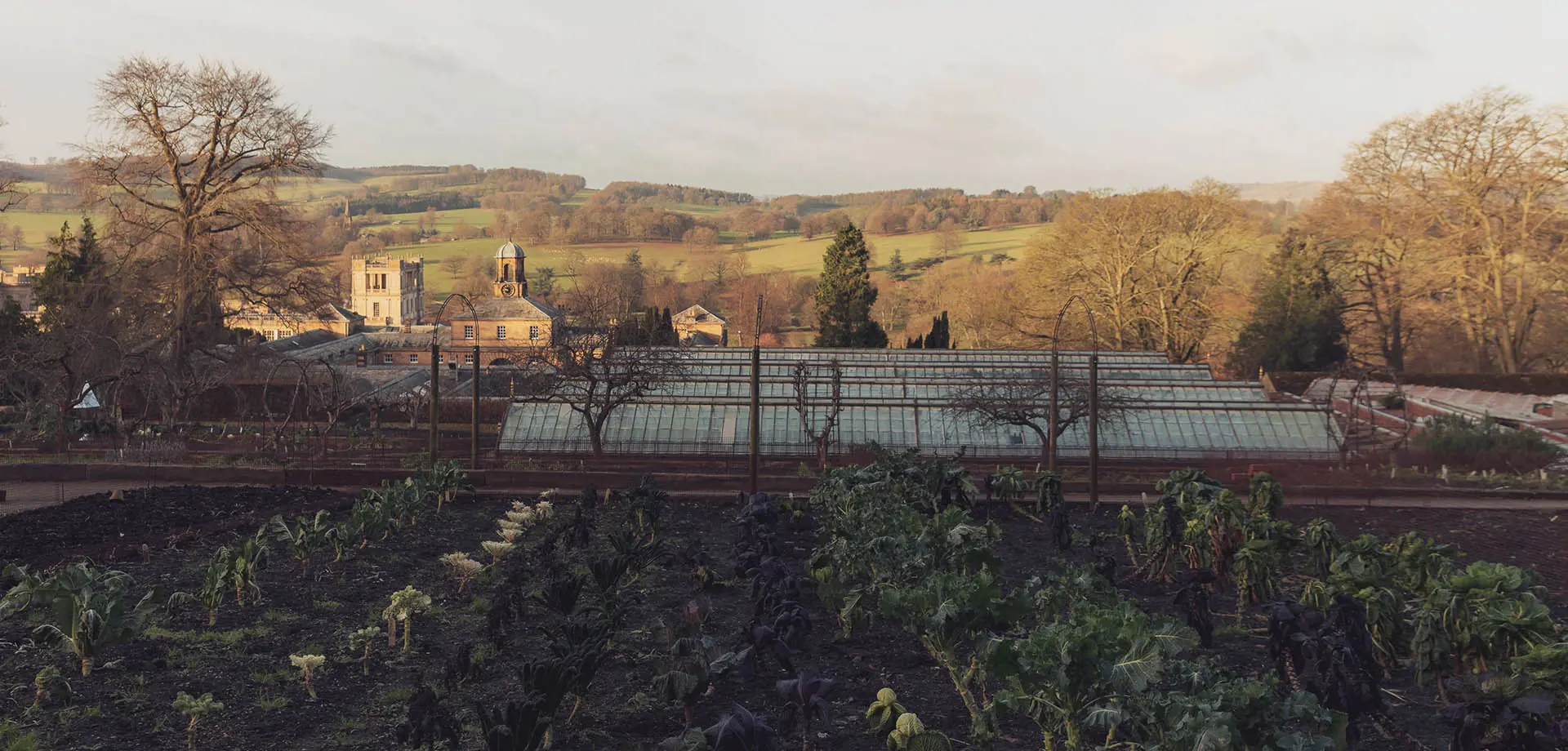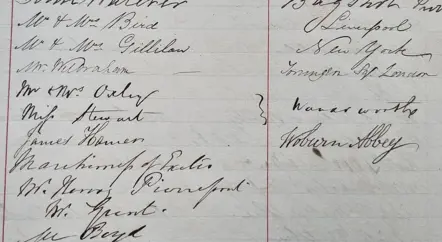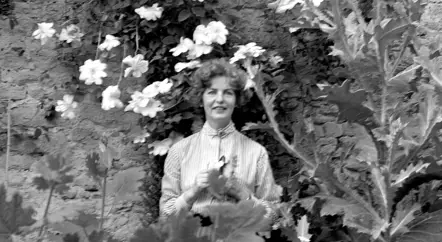The winter period always keeps our team of Florists extremely busy. The lead-up to Christmas begins with the decoration of the house, restaurants and visitor areas, as well as the estate cottages, hotels and inns.
The team harvests a wide range of materials collected from the garden and connected woodland. This year, silver birch was a key structural element. Dawn, Sally, Nicky and Emma used trailer loads of 4 – 6m thinnings cut from Stand Wood by Chris Hubbuck in the Landscape team, to make large, lit arches in Flora's Temple, the Stables and at the Cavendish Hotel.
Fresh foliage from the Pinetum was collected and transformed into large wreaths and garlands to dress doors, staircases and fireplaces, while paperwhites, hyacinths and Narcissus ‘Avalanche’, grown on-site by Stefan and Sophie, added floral interest and scent to the arrangements.
In addition to all this, the Floristry team delivered a series of sold-out wreath-making workshops for visitors and multiple other on-site events and even ensured a constant stream of floral bouquets, arrangements, foliage and plants were available for sale at the Farm Shop, Stables gift shop and Chatsworth Kitchen.
Marcus provided extra colour for indoor decoration with over 700 winter flowering orchids called Calanthe Vestita, a variety which grows naturally in warm lowland forests that experience wet summers and dryer winters. In fact, in a dry winter, they will flower for up to 10 weeks without any water - almost the perfect house plant!
Salad days
The cold snap at the start of December was a welcome relief from what felt like months of incessant rain.
With the ground frozen solid, much of the work in the Kitchen and Cutting Garden retreated into the Glasshouses for a short period. Glenn sowed plenty of micro salad leaves in shallow trays, varieties include a winter mix of mizuna, mibuna rocket, cress and a few different mustards. These germinate quickly and can be harvested within three weeks of sowing. To maintain succession through the season he does this every week or two.
A 'force' of nature
One of Glenn's most important jobs in December is to start forcing Sea Kale (Crambe maritima). After tidying up the old plants and weeding around them, clay-forcing pots are placed over each crown and then earthed up with warm compost to insulate the inside growing environment. This helps stimulate new growth which will be ready for harvesting in early April. The young leaves of this spring delicacy can be cooked like Kale and the unopened flower heads can be cooked and served as an alternative to tender-stem broccoli.
Each year a few rhubarb crowns are lifted from the main growing beds from the onset of winter through until early March. Like the sea kale, these crowns are placed in dark containers to keep the new growth blanched and tender, however, this crop is grown with bottom heat in Glenn’s greenhouse to ensure an early crop.
Forced rhubarb has less oxalic acid than the later season harvest which makes it much sweeter. The early stems are also pinker because, when covered and devoid of sunlight, the plants can't make the green pigment chlorophyll - the result is quite spectacular-looking desserts.
As well as forcing, storing specific varieties of fruit and veg helps us to continue to provide some produce for the kitchens to use over the winter months. Potatoes, carrots, and onions are all lifted and stored in the dark in a frost-free, airy shed.
After lifting, beetroot are stored on their sides in pots, sandwiched between layers of moist compost. This helps them retain their moisture and prevents frost damage.
There is still plenty of winter veg in the ground, including Brassicas and Leeks and a variety of winter root crops which will all soon be harvested and taken to the kitchens. The gradual clearing of all produce over the last few months allows Glenn to start feeding the soil in his beds with thick layers of our homemade compost in preparation for next year’s vegetable crops.
Bumper crop
In the middle of the Display Greenhouse at Chatsworth, positioned between the temperate and tropical zones, is an enclosed area in which we try to mimic a Mediterranean-like climate.
Typically this space is kept dry and hot in the summer months followed by a cool, damp period in autumn and winter. Amongst other things, we grow a range of citrus fruit here, most of which reach their fruiting peak during the winter months. This year we’ve been particularly lucky with a bumper haul of brightly coloured fruit.
Currently fruiting are sweet and Seville (bitter) oranges. These will be harvested by the end of the month and will go to various kitchens around the estate to be candied, made into marmalade and used in desserts.
The star of the show this season however has been the Imperial lemon (Citrus X limon ‘Imperial’). This vigorous and very spiny tree, growing tight against the glass in the southwest corner, is a cross between a grapefruit and lemon that produces extremely large yellow, highly scented fruit.
In early December we harvested a record 121 fruit. As well as going to the estate kitchens, they will be shared with local makers to flavour a range of new products for sale in the Chatsworth Farm Shop, including Citrus IPA, limoncello, Gin and a white balsamic lemon dressing or glaze to accompany fish dishes.
In the vinery...
In contrast to the citrus trees, the grape vines in the vinery are dormant and are undergoing a winter care regime to prepare them for the next growing season, which starts again in the middle of March.
In early December, Ian Bell partially prunes back the current year’s growth to slow down the sap flow and prevent excessive bleeding. After a week or so, the final pruning occurs, taking the new growth back to 2-3 buds that will become the fruiting shoots for next year’s crop.
The heating is turned off and the greenhouse vents are fully opened to allow the frost in and ensure dormancy occurs. Once it does, Ian shifts his focus to managing the pest populations that have built up during the growing season. The main offenders are mealy bugs and red spider mites which lay their eggs in crevices on the woody stems.
For eight weeks, Ian, Marcus and members of the volunteer team, scrape off of all the loose bark on the vine rods and trunks to expose the eggs. These are treated with a horticultural soap which prevents them from hatching and causing any further problems.
It’s an incredibly laborious task and it is impossible to get them all, no matter how vigilant the team are. There is always great relief when this task is finished, but there is also the dread that it will need to be tackled again in another 12 months. Such is the life of a gardener!
Images: India Hobson and Mick Brown





